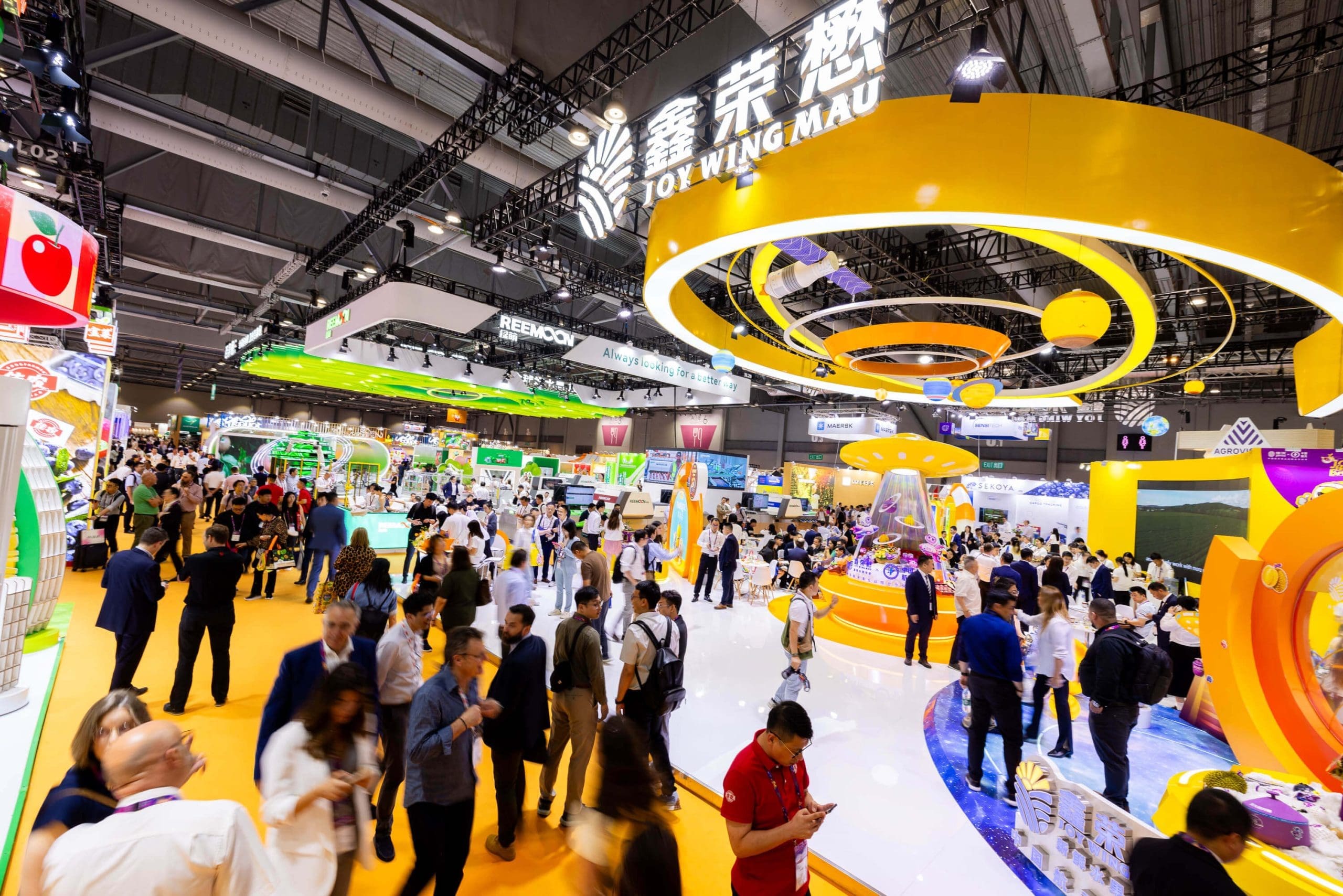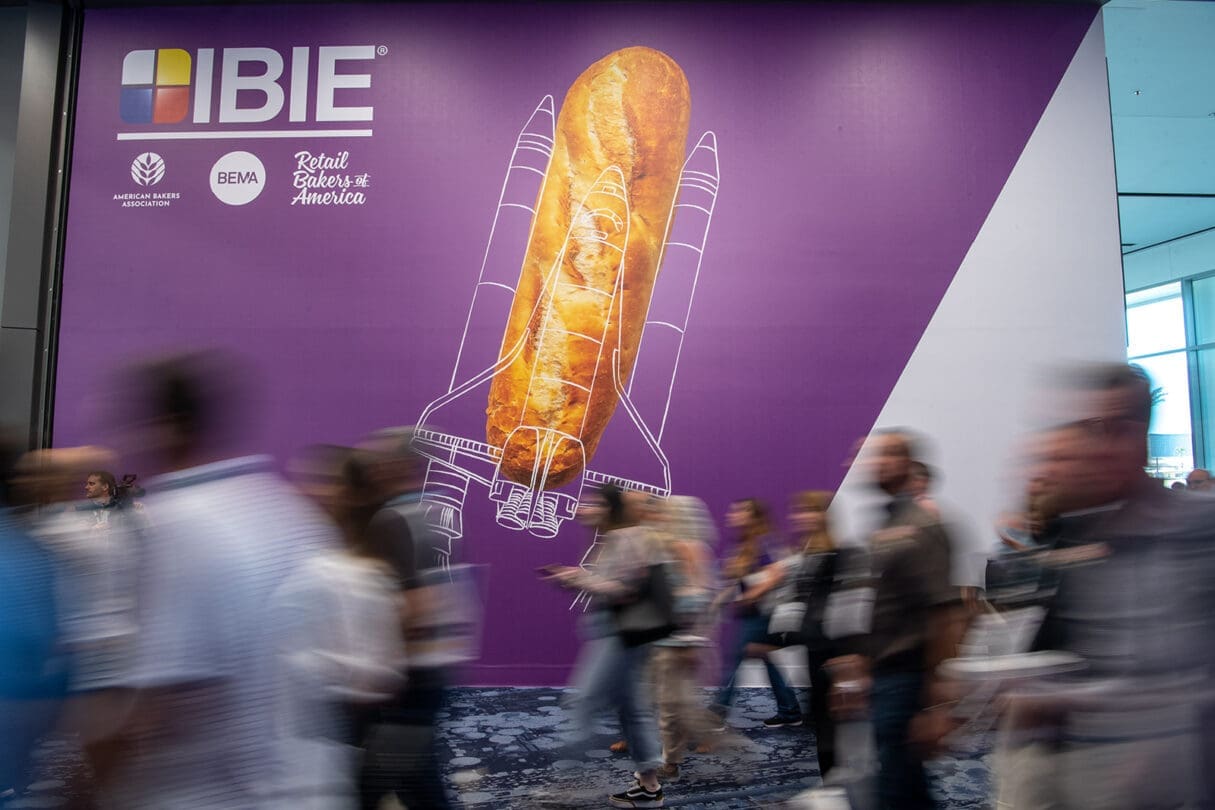
Sustainability – as a corporate value, driven by consumer awareness and the need to preserve planetary resources – has become a topical trend for companies in all areas of business, engaged in researching innovative solutions. The food and beverage industry is no exception and has come up with a number of possible solutions aimed at reducing the use of plastic.
Sustainability as a business philosophy also embraces the world of packaging, where the great challenge lies in replacing plastics, whose characteristics and properties are difficult to match in other materials. The research laboratories of leading international companies are therefore presenting and perfecting innovative, if not ground-breaking solutions, which have been presented at Anuga FoodTec 2022 in Cologne.
Driven by growing market pressure and consumer awareness, the food and beverage industry is orienting its packaging choices towards renewable raw materials and recyclable materials, leading them to replace traditional packaging with more contemporary solutions.
Many producers are attentively evaluating the possibility to replace plastic, in favour of renewable fibres or alternative materials. It goes without saying that across-the board solutions do not exist; quite the contrary, each proposal needs to be adapted according to the philosophy “a container for every content”. In this case, more than ever before, personalization is the keyword.

Wherever possible, composite films or plastic trays are being replaced by mono film or cardboard. This requires new generation modular machines, based on intelligent robotics and automation, to process both traditional and new sustainable packaging.
Some solutions are already available on the market and there are companies which, showing a high degree of flexibility, have been able to offer avant-garde solutions, for instance in the ambit of sparkling beverages and beer, where films and plastic rings have been replaced by cardboard alternatives, and these are processed without causing delays in productivity or poorer performances.
Then there are the flowpackers which process both conventional composite films, with hot-cold sealing, and recyclable or paper-based films.
Here the key challenges consist in maintaining the efficiency levels of the machines, since it is certainly more complex to work with paper-based film: paper is more susceptible to tearing and wrinkling; it is stiffer and requires special attention during processing to prevent stoppages.
Furthermore, it is abrasive and may therefore damage the mechanical parts of the machine in the long term. For these reasons, the latest generation flowpackers must be designed to handle such criticalities, perhaps by contemplating more resistant or protected surfaces.
Another aspect of great significance regards the contact with foodstuffs: the more complex and perishable the food, the more difficult it is to find valid alternatives to plastic, which must be researched in the ambit of bio – active materials. In this case, one strategy consists in covering the paper utilized with safe waxes and natural proteins, and with organic-based additives.
Some interesting results have emerged: on one hand, the proteins act as a barrier against oxygen, and the waxes against vapour, which prevents such foods as fruit from losing too much moisture.

On the other hand, organic-based additives perform an antioxidant and antimicrobial action, which improves the preservation and shelf life of the food product. None of which prevents the paper from being collected and recycled after use.
Since sustainability is based on the 3Rs, Reduce, Reutilize and Recycle, another critical aspect is that of reducing consumption. The various solutions are aimed at reducing the quantity of plastic, whenever it is not possible to identify a substitute.
Also in this respect, much has been accomplished: thanks to structural innovation, we have succeeded in using from 15 to 40% less plastic for the packaging of tomatoes, berry fruits and stone fruits. After use, these containers may be collected for recycling, destined to become raw materials for further utilizations.
The principle governing this rising trend is that of the circular economy: the circular economy is a generic term used to define an economy that is designed to be regenerative. It is an economic system planned in such a way as to reutilize materials in subsequent production cycles, to minimize waste. To all effects and purposes, this is one of the keys to sustainability.




